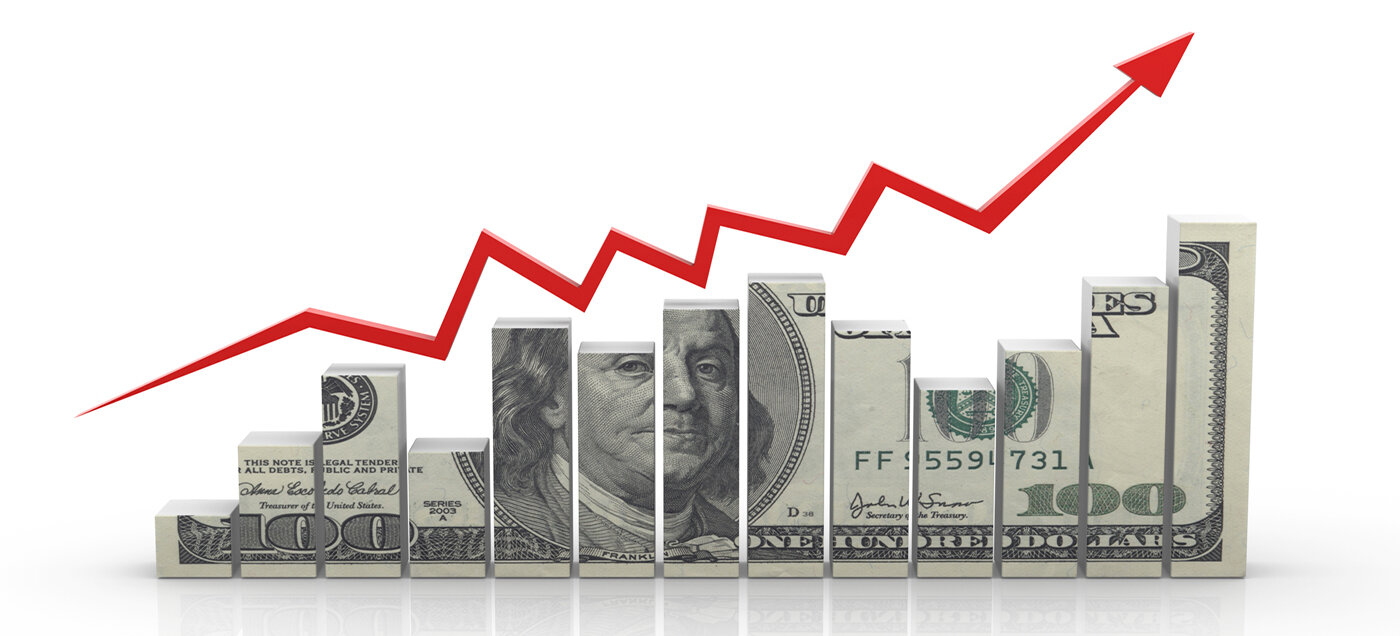Residential Real Estate News

U.S. Mortgage Rates Hit 15-Year High in Late September
Residential News » Washington D.C. Edition | By Michael Gerrity | September 30, 2022 8:01 AM ET
The 30-year fixed rate mortgage jumps to 6.70% this week
According to Freddie Mac's latest Primary Mortgage Market Survey, the 30-year fixed-rate mortgage averaged 6.70 percent.
"The uncertainty and volatility in financial markets is heavily impacting mortgage rates," said Sam Khater, Freddie Mac's Chief Economist. "Our survey indicates that the range of weekly rate quotes for the 30-year fixed-rate mortgage has more than doubled over the last year. This means that for the typical mortgage amount, a borrower who locked-in at the higher end of the range would pay several hundred dollars more than a borrower who locked-in at the lower end of the range."
Khater continued, "The large dispersion in rates means it has become even more important for homebuyers to shop around with different lenders."
U.S. Mortgage News Facts:
- 30-year fixed-rate mortgage averaged 6.70 percent with an average 0.9 point as of September 29, 2022, up from last week when it averaged 6.29 percent. A year ago at this time, the 30-year FRM averaged 3.01 percent.
- 15-year fixed-rate mortgage averaged 5.96 percent with an average 1.3 point, up from last week when it averaged 5.44 percent. A year ago at this time, the 15-year FRM averaged 2.28 percent.
- 5-year Treasury-indexed hybrid adjustable-rate mortgage (ARM) averaged 5.30 percent with an average 0.4 point, up from last week when it averaged 4.97 percent. A year ago at this time, the 5-year ARM averaged 2.48 percent.
Nadia Evangelou, NAR senior economist & director of forecasting said, "Mortgage rates rose by more than one percentage point in September. According to Freddie Mac, the 30-year fixed mortgage rate increased to 6.7% from 5.66% in the first week of September. As a result, home buying is 12% more expensive now than a month ago. In other words, current buyers need to spend about $250 more every month to buy a median-priced home compared to buyers who purchased their home a month ago. Due to fast-rising mortgage rates, the housing market has slowed down. However, as we head into the last quarter of the year, activity may decline even further. Every year, transactions and prices tend to be above-trend in the summer, while activity typically slows down in the fall and winter. The impact of seasonality is vital to the housing market since it affects housing demand and supply. Specifically, the fourth quarter is typically one of the slowest quarters for home sales, representing 24% of the total activity throughout the year. Compared to the third quarter, activity typically drops by 15 percentage points in the last quarter of the year. Nevertheless, this drop will be no surprise, with mortgage rates near 7% and an even larger reduction in home sales."
Sign Up Free | The WPJ Weekly Newsletter
Relevant real estate news.
Actionable market intelligence.
Right to your inbox every week.
Real Estate Listings Showcase
Related News Stories
Residential Real Estate Headlines
- U.S. New-Home Sales Surge in August as Mortgage Rates Ease
- Despite Increased Foreign Buyer Activity, Miami Residential Sales Dip 11 Percent in August
- California Home Sales Enjoy Modest Uptick as Mortgage Rates Ease
- U.S. Home-Flipping Profits Sink to Lowest Level Since 2008 Financial Crisis as Costs Climb
- Why the World's Rich Are Flocking to Europe in 2025
- Federal Reserve Delivers First Rate Cut of 2025 as Mortgage Relief Proves Limited
- Homebuilder Sentiment Holds Steady in U.S. as Rate-Cut Bets Lift Outlook
- U.S. Mortgage Rates Experience Sharpest Weekly Drop in Over a Year
- U.S. Foreclosures Rise for Sixth Straight Month as Affordability Pressures Mount
- Black U.S. Homeownership Rate Falls to Two-Year Low as Job Losses Mount
- Las Vegas Home Prices Flatten as Listings Surge, Sales Slow
- Cooling Miami Housing Market Sees 16 Percent Annual Sales Drop in July
- U.S. Mortgage Delinquencies Uptick in June Amid Regional Pressures
- California, Florida Top U.S. Housing Markets Most at Risk of Downturn
- 30-Year Mortgage Drops to 6.56 Percent in Late August, Lowest Since October 2024
- Investors Maintain Elevated Role in U.S. Housing Market Despite Slight Pullback
- Pending Home Sales Show Mixed Signals as U.S. Buyers Remain Cautious
- Canadian Home Sales Extend Recovery in July
- U.S. Home Sales Rise in July as Buyers Gain More Bargaining Power
- Zombie Foreclosures Edge Up Across U.S.
- 2.6 Million Homes at Wildfire Risk Across 14 Western States in 2025
- One in Five Americans Willing to Trade Personal Safety for Home Affordability
- U.S. Home Price Growth Slows as Affordability Pressures Mount in 2025
- U.S. Mortgage Rates Dip to Four Month Low in Early August
- U.S. Mortgage Applications Rise in Late July, Breaking Four-Week Slump
- Hong Kong's Housing Market Stuck in Stalemate as Bulls and Bears Face Off
- U.S. Condo Market Struggles in 2025
- U.S. Pending Home Sales Remain Sluggish in June
- Los Angeles Area Wildfires Destroyed Nearly $52 Billion in Homes Last January
- Greater Palm Beach Area Residential Sales Slip in June Amid Growing Inventory
- Economic Resilience Lifts U.S. Housing Outlook Going Forward
- New Home Sales Stagnate as Affordability Struggles Continue in America
- U.S. Housing Market Slips in June as Prices Hit New Highs
- Florida, California Continue to Reign Supreme as America's Ultraluxury Housing Markets
- Caribbean Housing Market Evolves into Global Second-Home Hotspot
- U.S. Home Sales See Highest June Cancellation Rate on Record
- Orlando Housing Market Cools in June as Listings Slide, Sales Slow
- Private Credit Surges in 2025 as Real Estate Developers Bypass Banks
- U.S. Condo Market Suffers Sharpest Price Drops in Over a Decade as Buyers Retreat
- Rising Taxes, Insurance Costs Undermine the Stability of U.S. Homeownership







